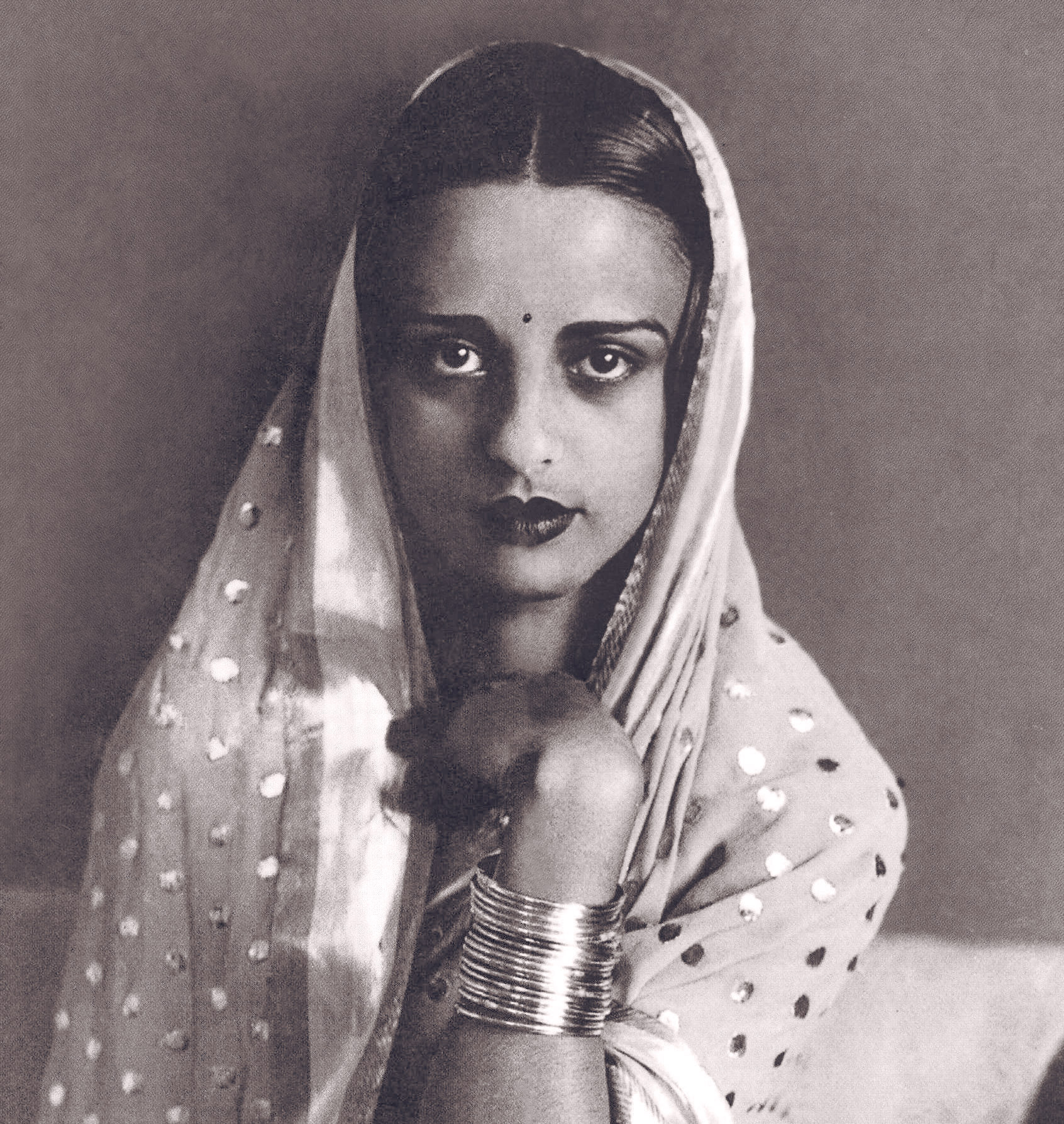A Savant’s Stroke
Amrita Sher-Gil’s Portrait of Denyse Prouteaux, painted around the year 1932, recently saw the light of day after remaining in France’s private collections for nine decades
Ovi Doke
Earlier in March this year, an interesting piece of news surfaced – “Lost Oil Painting of Indian Painter Amrita Sher-Gil to Sell for 2.8 Million USD.” It was displayed for auction in Christie’s South Asian Modern and Contemporary Art Sale in New York on 17th March, 2021. The auction house claimed that it is one of the only four known portraits of Amrita Sher-Gil’s friend and art critic, Denyse Prouteaux.
In the painting, Prouteaux is seen wearing a red dress with vividly coloured flora reposed in the background. Everything about the painting of the art critique is claimed to be from art’s point of view. And as if Prouteaux is aware of it, her gaze cuts through the painting, letting her critic (art) know that she can see through him.

In 2018, Sher-Gil’s The Little Girl in Blue, 1934 went under the hammer at Sotheby’s Mumbai auction for $2.6 million and in 2020, a portrait of her husband, Victor Eagan, fetched a stunning price of $1.5 million at Astha Guru.
Amrita Sher-Gil, the 20th century artist was born to a Hungarian mother and an Indian father in Budapest. She spent the early years of her life in Hungary but due to financial problems they had to move to Shimla. Her mother Marie Antoinette Gottesmann was an opera singer which made music a part of Sher-Gil’s life, long before she was even born. In Shimla, the artist and her sister, Indira were trained to play instruments like the piano and violin, and soon following their mother’s footsteps, they started performing concerts.
Her father, Umrao Singh Sher-Gil Majithia who was an aristocrat and a scholar in Sanskrit and Persian had a keen interest in modern photography, but Sher-Gil decided to pick up the paint brush. Her mother who wanted to foresee her daughter as a successful painter decided to help her get more exposure. So, at the age of sixteen, she took Amrita to Paris to refine her strokes.
Sher-Gil got selected into the Académie de la Grande Chaumière and later into École des Beaux-Arts. Despite getting a formal education in arts, painting was something that came to her naturally. “Although I studied, I have never been taught painting. Because I possess in my psychological makeup, a peculiarity that resents any outside interference…,” she wrote in an article in 1936 for The Hindu.
Her paintings took after a post-impressionist style. At 19-years-old, her oil painting Young Girls, paved her way into the Grand Salon of Paris making her the youngest and the only Asian member to be awarded with a gold medal. Young Girls depicts a meeting between her sister and a bare-chested lady.

The pioneer of Modern Indian Art often worked on the subject of female relationships. In 1933, her piece, Professional Model paraded a contrast in the name and its visuals as it seemed to symbolise hopelessness and dissatisfaction in a woman hunched in shadow, though the painting’s title suggests a polished and sophisticated woman.

In the same year, she painted Sleep, evincing female sensuality. In spite of making many erotic paintings, she didn’t believe that art was the medium to channelize one’s sexuality. In a letter to her mother, excerpted in Yashodhara Dalmia’s biography, Amrita says “… I believe that it is impossible to fully transform one’s sexual desires into art, to idealize and tranquil it through art for a whole lifetime this is only a stupid superstition of the feeble brain…”
She became her own muse in 19 self-portraits, trying to find herself. In 1934, her Self-Portrait as Tahitian, inspired by Paul Gauguin’s Tahitian women, evokes her struggle in accepting her mixed racial identity and femininity in the art world which was dominated by white men. Later, when she returned to India, she didn’t just discover India, she rediscovered herself. She penned, “Modern art has led me to the comprehension and appreciation of Indian painting and sculpture.”

Her shift to India turned over a new life for her art as she began illustrating the daily lives of rural Indian women. Her intoxicating palette integrated the Indian subjects with the Western art style and she metamorphosed into an interpreter of the destitute and the distressed. Her figures reflected emotions, conquering the essence of Indian soil. “Europe belongs to Picasso, Matisse and Braque. India belongs only to me!”

1937 brought her a Gold Medal in the 46th Annual Exhibition at the Bombay Art Society. A few of her later works include Red Brick House, Hill Scene, Two Girls and Woman Resting on Charpoy among others. While juggling with identity and sexuality, Sher-Gil didn’t fail in summoning feminism in her art. The Indian Frida Kahlo breathed her last at the young age of 28, leaving her last, unnamed painting incomplete.
Share